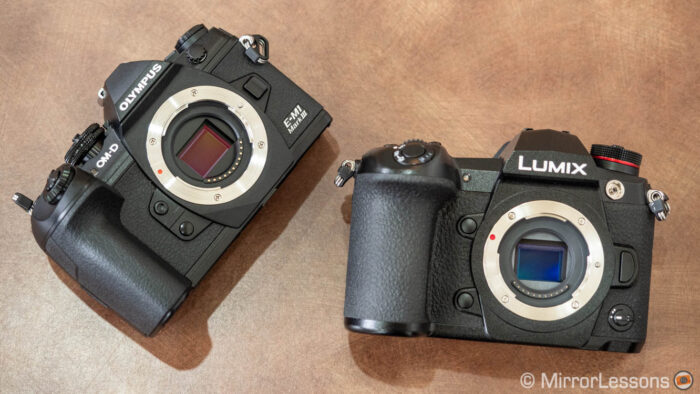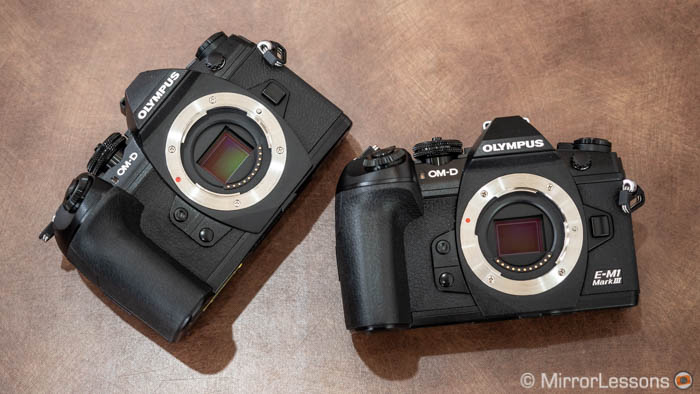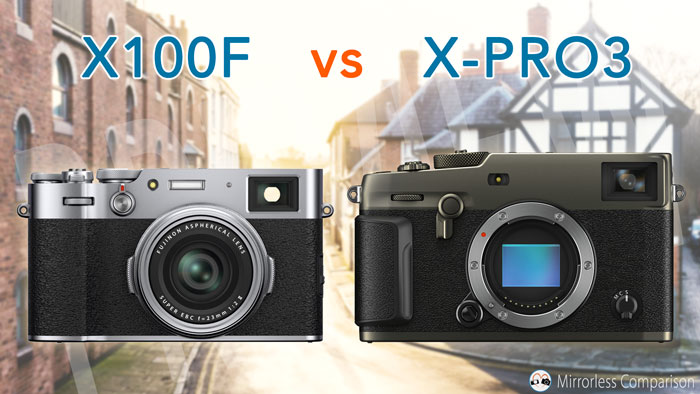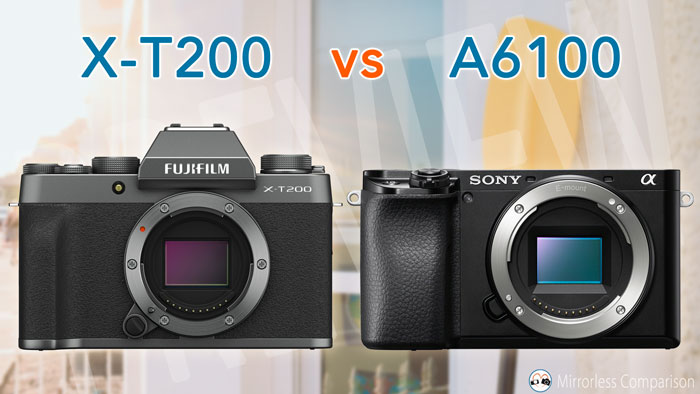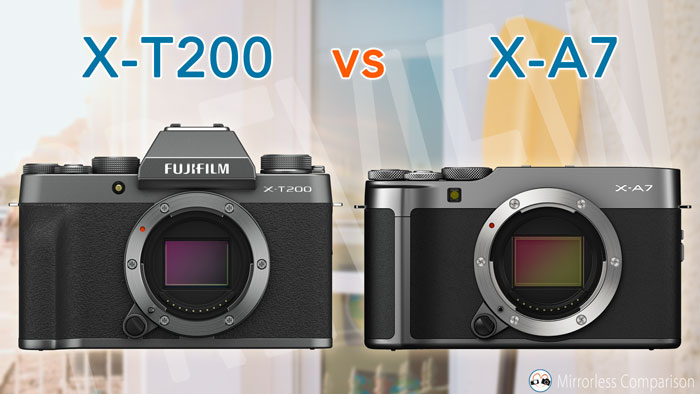The OM-D E-M1 II was announced in September 2016 and released a few months later. It introduced a new sensor, more ergonomic design and grip, larger battery, and impressive continuous shooting speeds, while pushing image stabilisation to a new level.
Unfortunately, the camera was lacking in some key areas. The autofocus performance was somewhat disappointing and the video specifications, while better than those on any other Olympus product to date, remained behind the competition. Some things got better over time thanks to firmware updates, but an overall upgrade was due.

